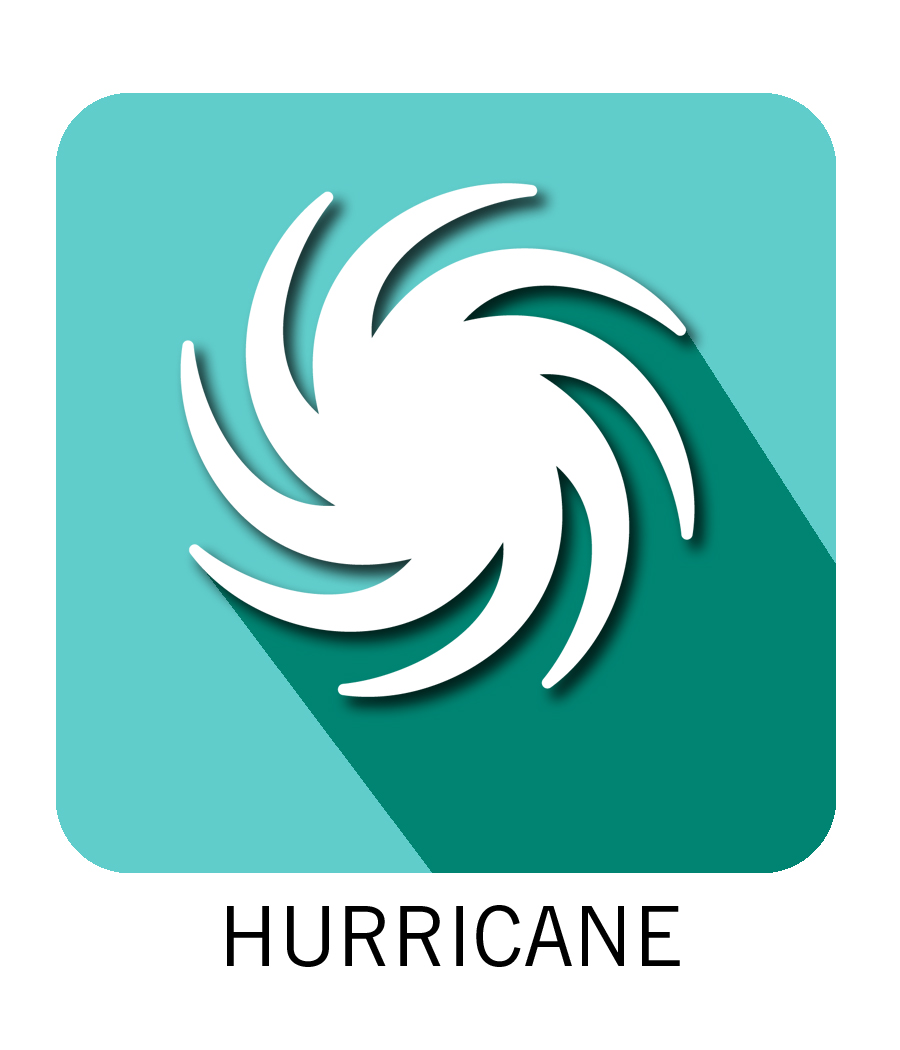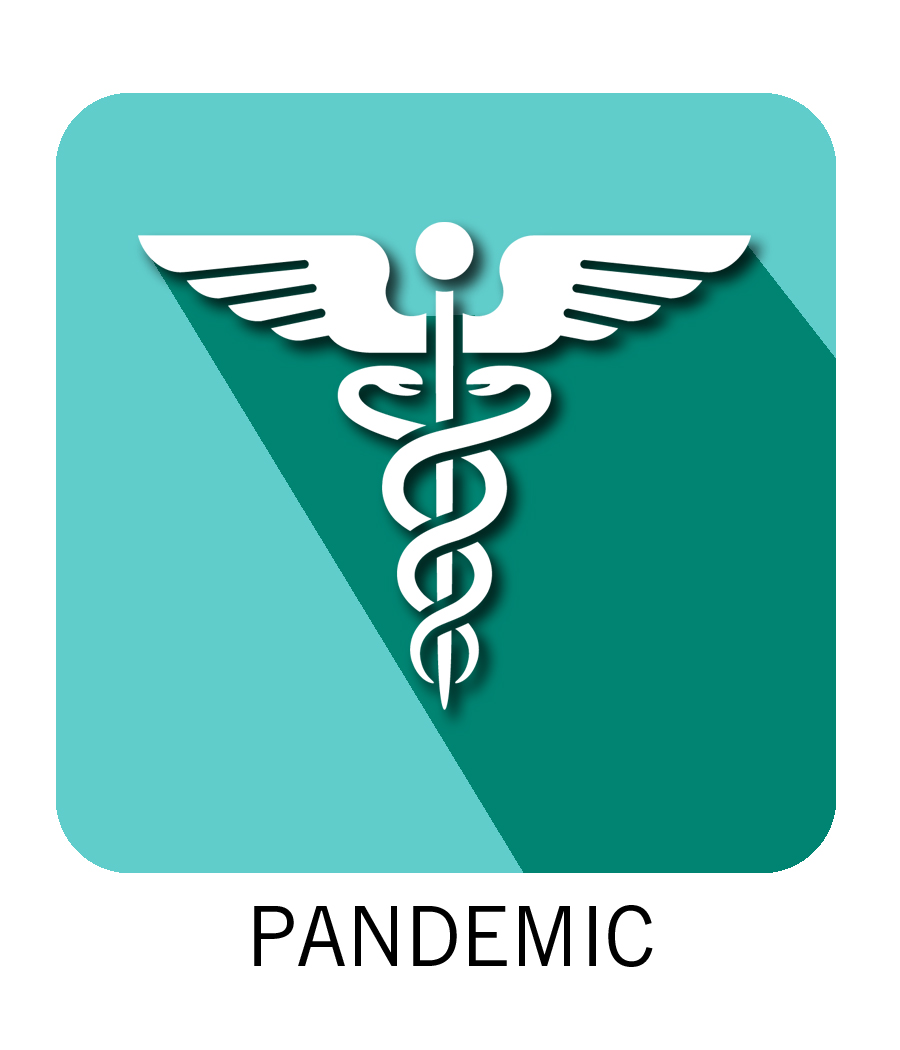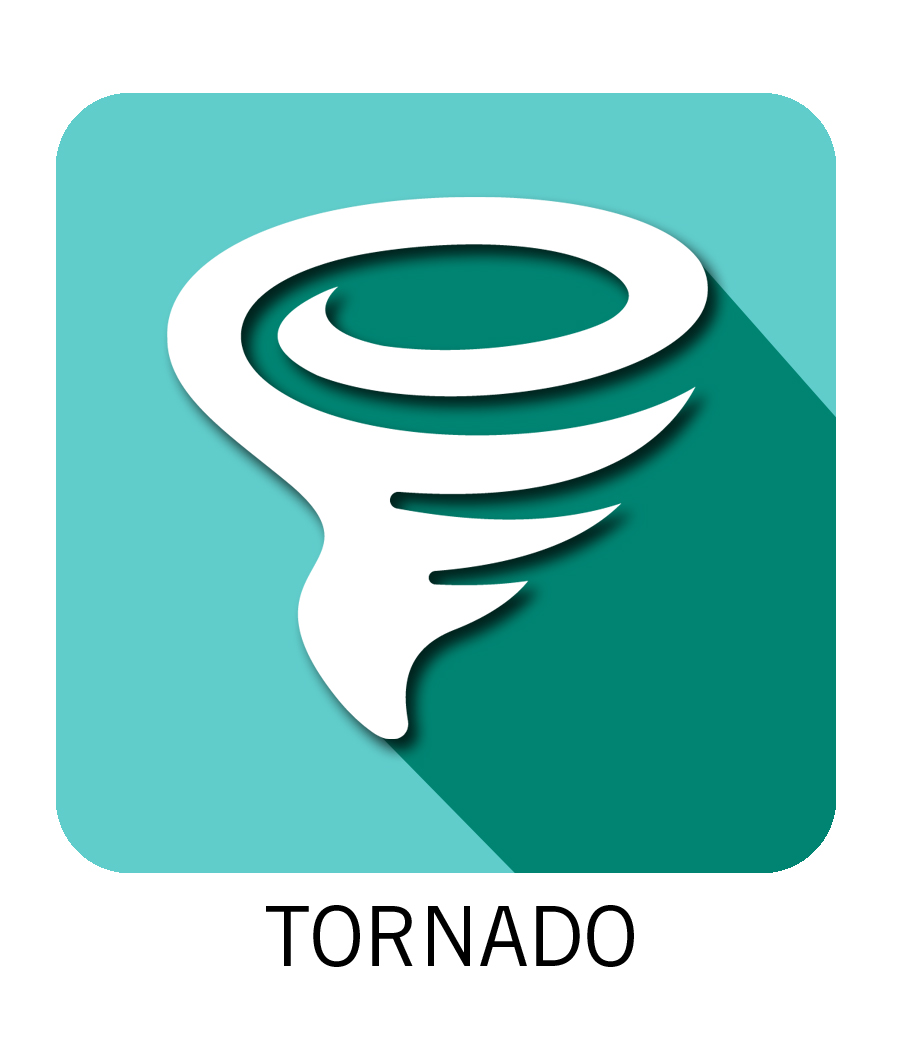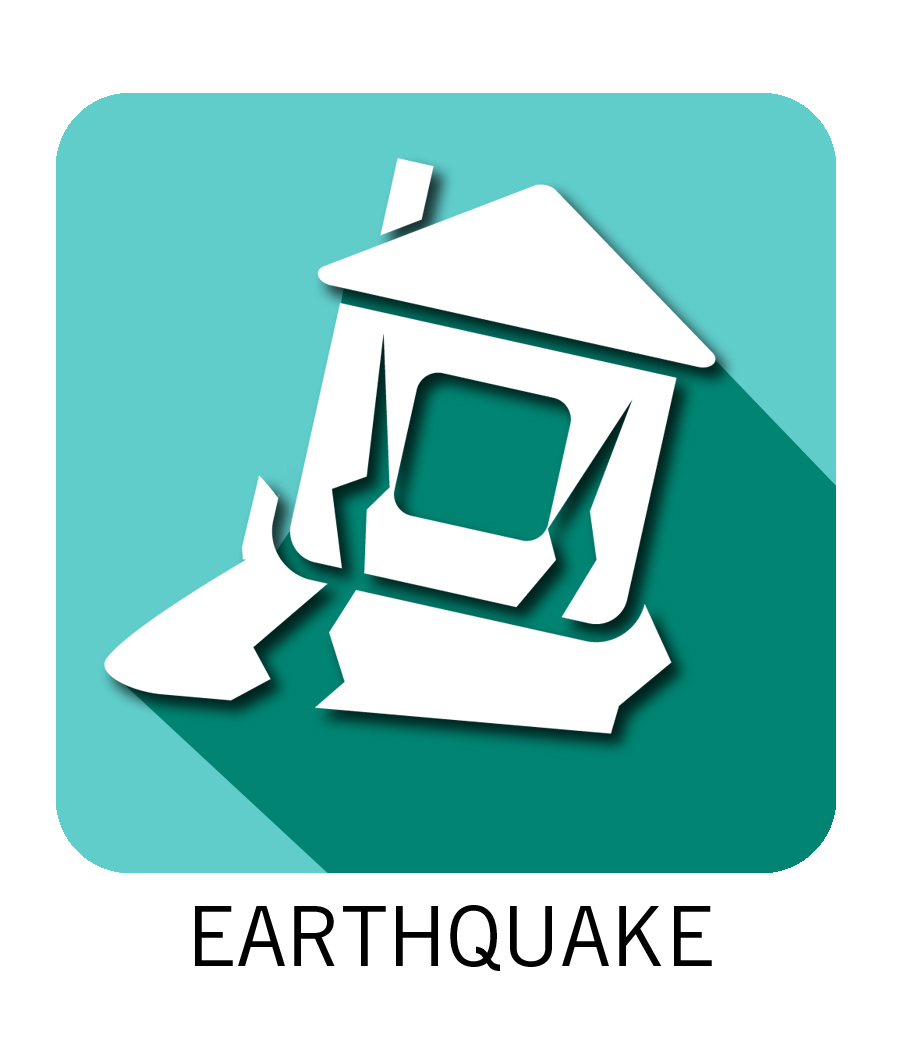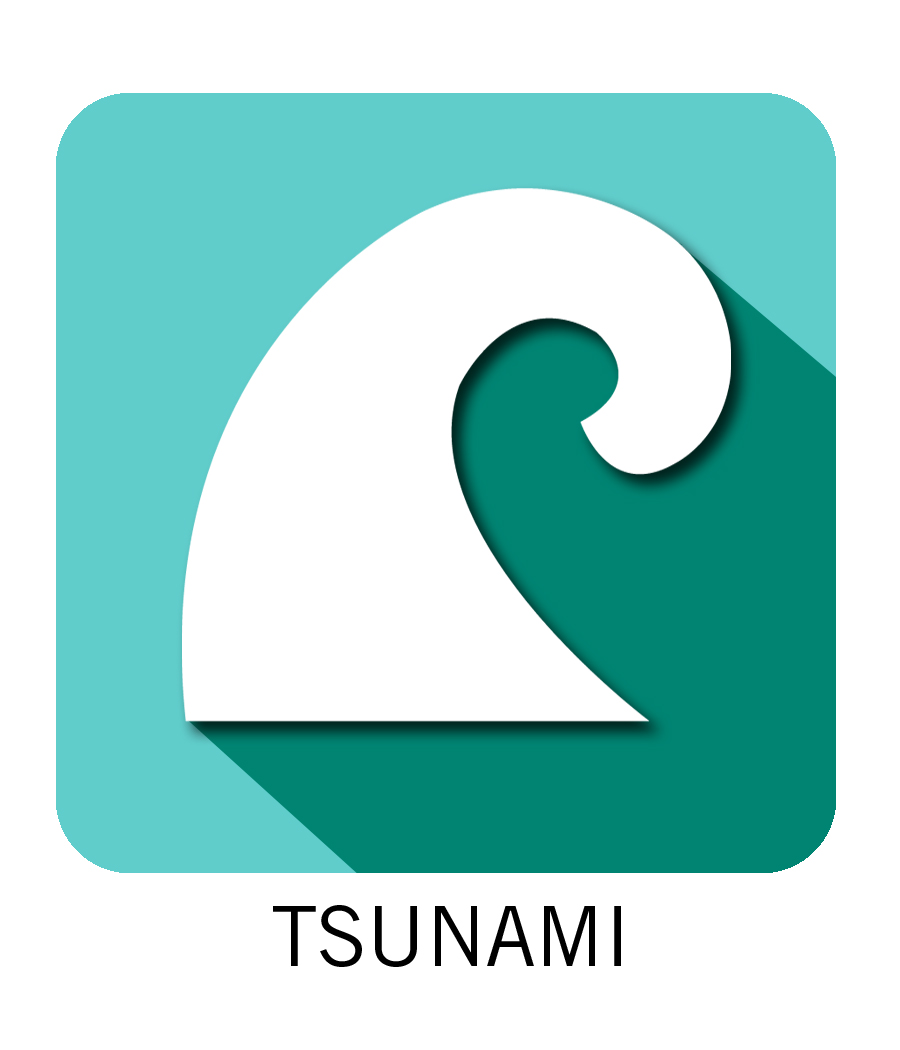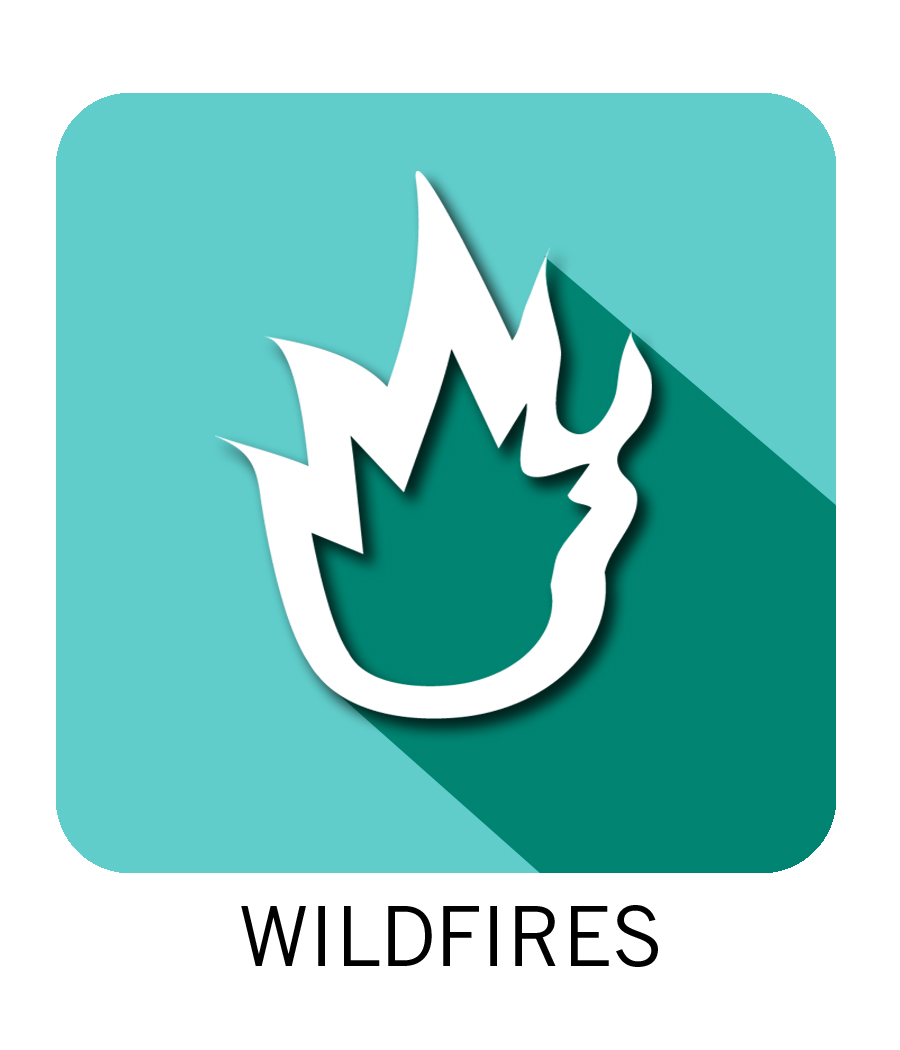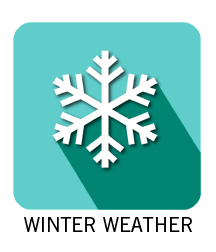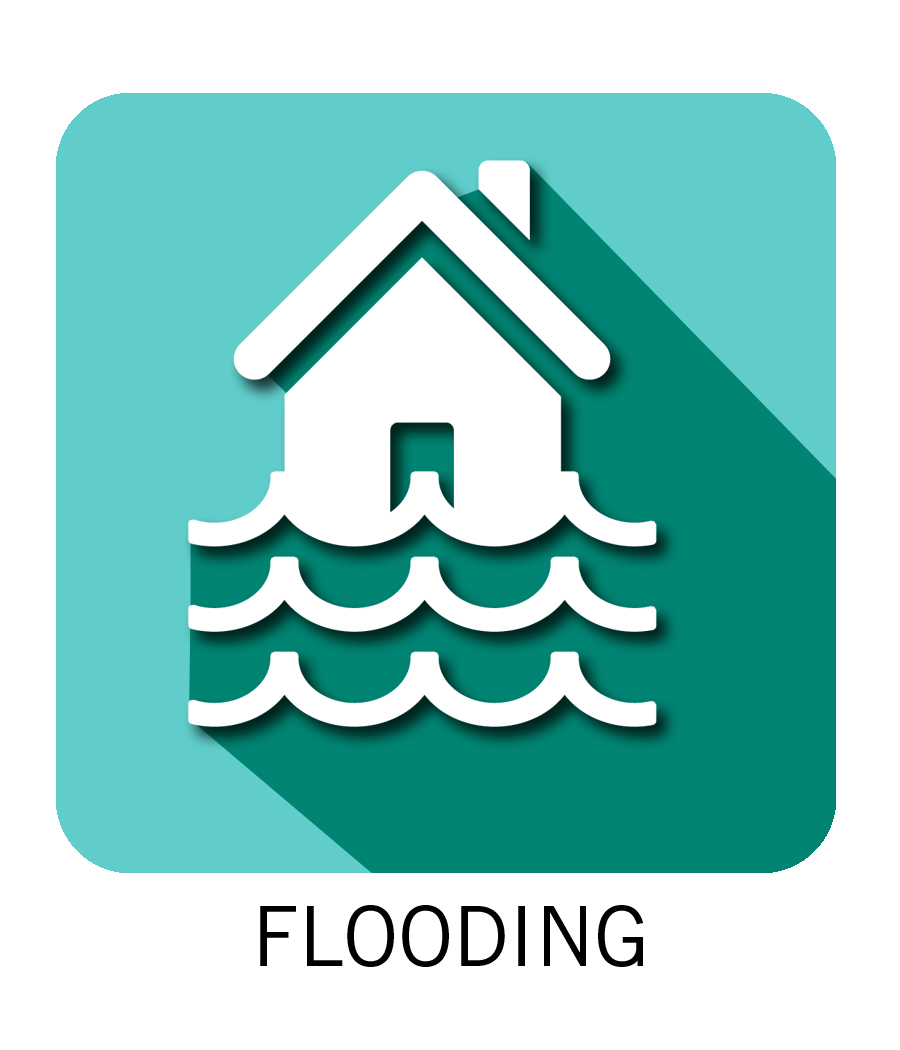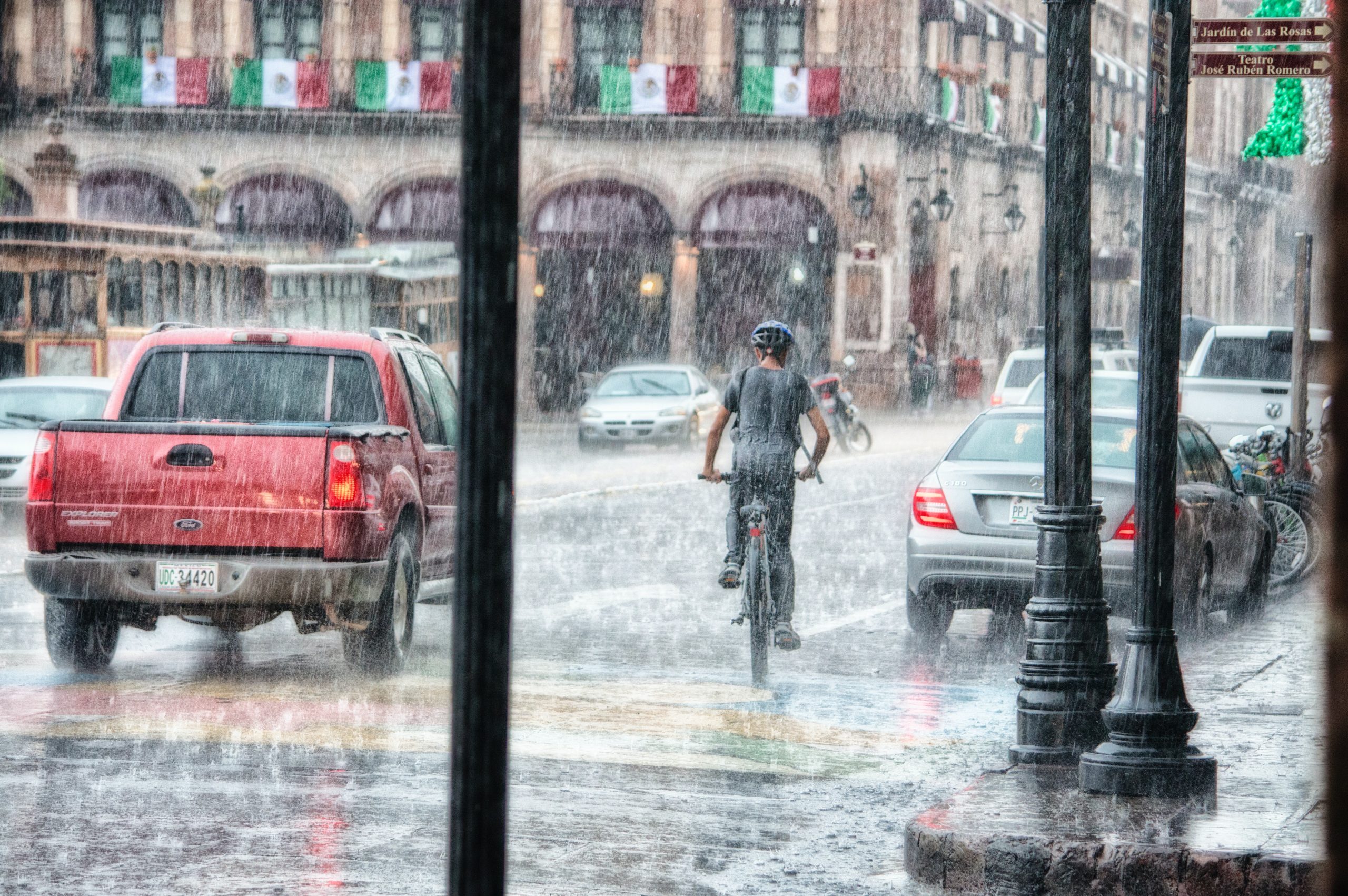
Flooding
Devastating floods occur throughout the U.S. every year. Flooding is usually divided into two categories: flash flooding and river flooding. The effects often include contaminated drinking water supplies, disrupted electrical service, injuries, and property destruction.
Before a Flood Warning or Watch Occurs
Be prepared to respond to flooding by taking the following actions before the rains and flooding begin:
-
- Assess your property and plan ahead
- Find out if you live in a flood-prone area from your local emergency management, public works, building, or planning department. Find out whether your property is above or below flood level.
- Establish a family plan and prepare a disaster kit; make sure your family knows how to respond to any storm or flood alert/warning.
- Identify an out-of-state contact so that friends and relatives can obtain information about your condition and whereabouts.
- Teach children not to play in or near rivers, streams, storm drains, bayous, creeks, roads, or other areas of potential flooding.
- Have disaster supplies on hand. Store sandbags, plastic sheeting, plywood, or lumber to protect your home in a location away from potential flooding.
- Store a seven-day supply of water (at least one gallon per person, per day) in closed, clean containers.
- Maintain fuel in your cars; electrical outages might make gasoline pumps inoperable.
- Identify a safe evacuation plan and routes from your home or workplace to high, safe ground. Determine whether you can use these routes during flooding or storms. Be familiar with your geographic surroundings.
- Clear debris and overgrowth from on-site drainage facilities.
- Notify your local department of public works about debris and overgrowth in public drainage facilities.
- Work with neighbors to solve potential drainage problems and avoid diverting debris onto their properties. Consult a licensed civil engineer if you’re in doubt.
When there’s a Flood Warning or Watch
-
- Relocate valuables from lower to upper floors.
- Be prepared to move to a safe area before flood waters cut off access when local authorities advise.
- Stop using all electrical equipment; disconnect all electrical appliances or turn off electric circuits at the fuse panel or circuit breaker panel before evacuating.
During a Flood
-
- If flooding occurs, get to higher ground. Avoid unnecessary trips and stay away from areas subject to flooding like low spots, valleys, canyons, or washes.
- Do not drive into flooded areas or walk through moving water. (A car can float in three inches of water.) Never try to cross flowing streams.
- If floodwaters rise around your car, abandon the car and move to higher ground if you can do so safely. You and the vehicle can be swept away quickly.
- Be especially cautious at night when it is harder to recognize flood dangers. Do not “sightsee” or enter restricted areas.
- If an evacuation is required, please refer to “Evacuation” information for guidance.
- Meet up with family members at the designated emergency meeting area.
- Use the phone only to report dangerous conditions or emergencies that are life-threatening.
- If the power goes out, please see the “Utility Outage” information for guidance. Report damaged utilities to the appropriate agencies.
After a Storm
-
- Listen to the radio or watch television for information and instructions from local officials. Remain indoors until the official “all clear” is given.
- Avoid going into disaster areas or driving, as roads may be blocked.
- Avoid downed power lines, other metal objects, or broken glass even if they look harmless. Call your utility companies to restore service.
- Watch for weakened roads, bridges, tree limbs, etc., which could collapse unexpectedly.
- Do not use fresh or canned foods that have come in contact with flood waters.
- Follow the instructions of local officials regarding the safety of drinking water. Boil or purify water if you’re in doubt. Pump out wells and test the water before drinking.
- Use flashlights rather than lanterns, candles, or matches to check on the condition of buildings. Flammables may be present.
Flood Insurance
Many officials suggest that residents and businesses consider purchasing flood insurance and to have emergency supplies and plans ready.
Damage and other flooding losses are not covered by most homeowners’ insurance policies. However, the Federal Emergency Management Agency (FEMA) offers special flood insurance through its National Flood Insurance Program. Contact your insurance agent or visit FEMA.gov for more information.
If you do incur damage, be sure to take pictures of both your home and its contents for insurance claims.
If your home, apartment, or business has suffered damage, call your insurance company or agent who handles your flood insurance right away to file a claim.
Keep your insurance agent advised if your contact information changes. If you are in a shelter or cannot be easily reached, provide a designated point-of-contact who can reach you.
If you have damage estimates prepared by a contractor, provide them to your insurance adjuster.
If local officials require the disposal of damaged items, take photos and document damages.

